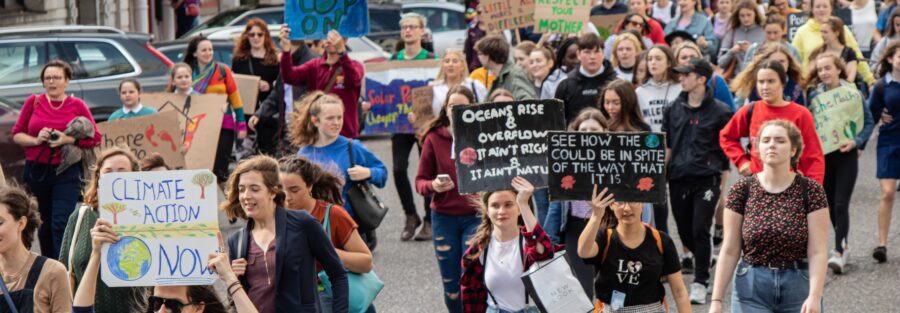What steps to be followed in a climate change messaging that goes beyond talking of polar bears?
We now know that ‘one size fits all’ does not work. Different geographic locales, various social ideologies and diversity of communities bar us from taking that route.
If the messaging to reach all/general public, commonly used concepts, identities and approaches found across different geographic locales, social ideologies and diverse communities rather than how polar bears suffer (though that too is important!) need to be adopted.
“Climate change” was initially seen as a scientific issue for analysis. Therefore, the discussions were loaded with data and indicators. Data on rising temperatures spanning several decades were shown indicating the rising threat that the world was faced with, sometimes with polar bear issues. This was not convincing enough for the global public. Thereafter various climate disasters were highlighted but since they were single events and unlikely to be repeated, they had less impact on communicating climate change. Stories on rising coastal lines had no immediate impact either.
As the threat loomed large, it was understood that one size fits all messaging would not work. The audience paid attention to not the distant polar bears but what happens around their immediate locales.
The messaging needed to go to the target audience not in a way everyone else was addressed but in a way that concerns their geo location / community / demographic outlook etc.
For instance, if the messaging is aimed to reach a select community/locale/ideological group, then it is clear that the lingo pertaining to that select group need to be used.
A simple example: The messaging used for school-goers may clearly differ from messaging aimed at workers of a railway network.
It is the same for communities of groups on social media. Different virtual communities on different platforms have their own lingos and imagery to interact which the communicator has to work with.
How the climate messaging is tailored for different segments (or “framed”) also makes a huge difference. Framing is more than focusing the messaging on the audience’ their geo location / community / demographic outlook.
Is it one of optimism or inducing of fear? From which point of view it is “framed” (approached/tailored)? –Public health or environment / economy and employment / helping future generations / loss of fauna and flora / science / transportation / business and trade / political / manufacturing …etc.?
“Climate change” was initially seen as a scientific issue for analysis and discussions. As it began to emerge that it impacts the world in a much bigger scale than was initially envisaged, that singular ‘frame’ changed to a multitude of frames that were so vast, identifying the dimensions of framing alone brought some uncertainty.
In a US media based study on framing climate change (Framing Climate Change: Economics, Ideology, and Uncertainty in American News Media Content from 1988 to 2014 by Dominik A. Stecula and Eric Merkley) it was identified that what complicates framing is the complexity of dimensions within climate change.
“Frames play an essential role in distilling complex topics into more manageable components so that people can identify its relevance and form opinions (Spence and Pidgeon, 2010). It is inevitable in the context of climate change because of the sheer number of dimensions associated with the issue—questions pertaining to the science and future climate forecasts, impacts, public policy, and related tradeoffs, among others.”
The study formulated a broader, summarized frames of three within which the vast number of frames could be accommodated. The three are: ”Economic costs and benefits”, “appealing to conservative and free market values”, and “uncertainties surrounding climate change”.
Different groups and “framings” require different formats of story-telling; text, video, audio, social media conversations, research reports.. etc. What is the best mix for each audience segment is a question that the communicator should continuously inquire into. Still, prior to deciding on the mix, it should be first decided as to how it should be “framed.”
(To be Continued)



